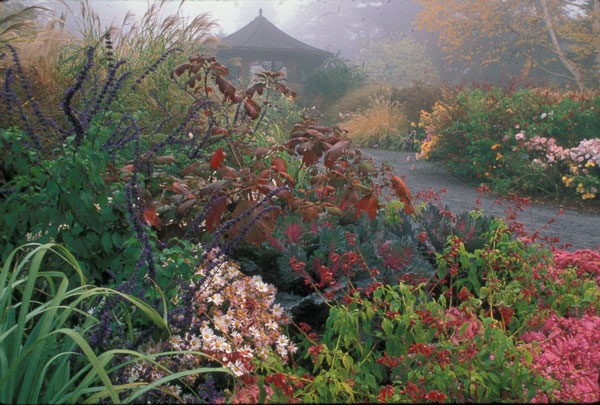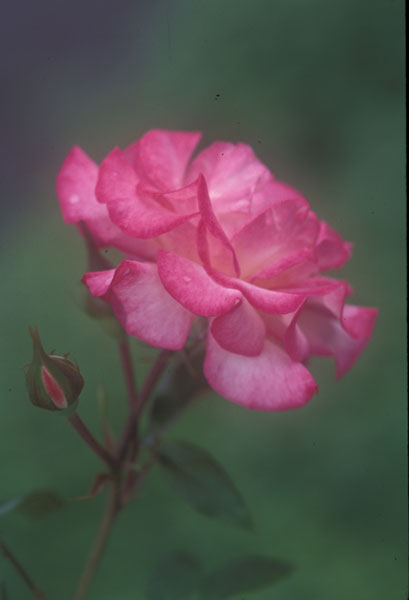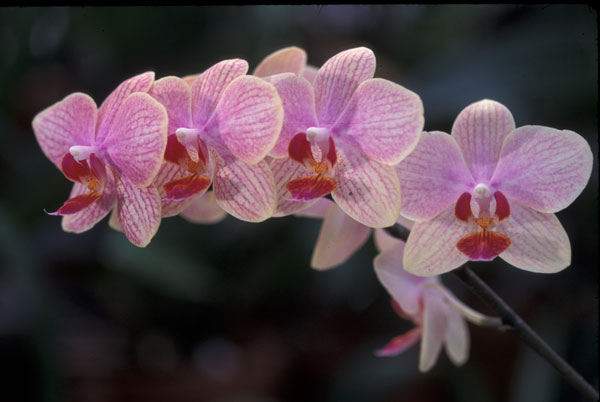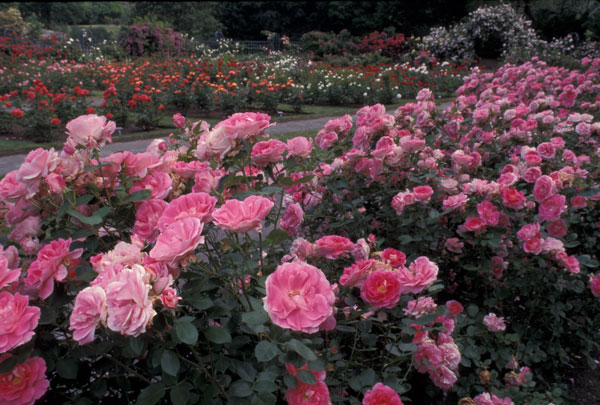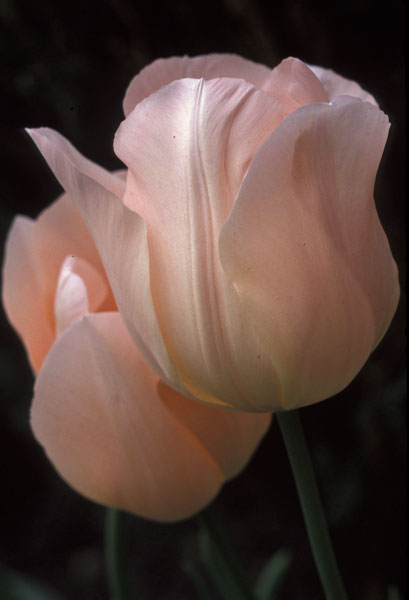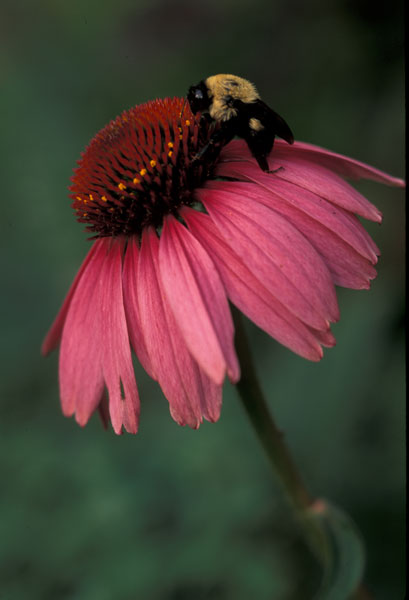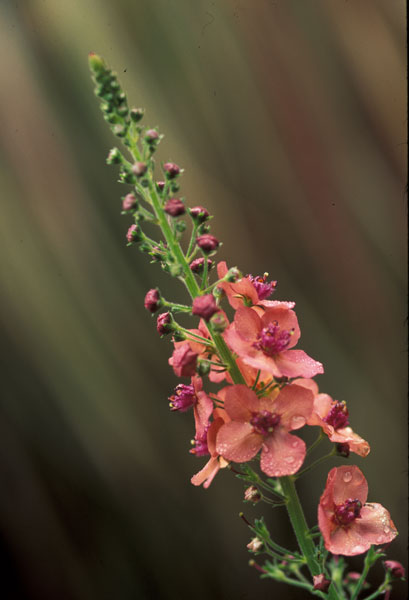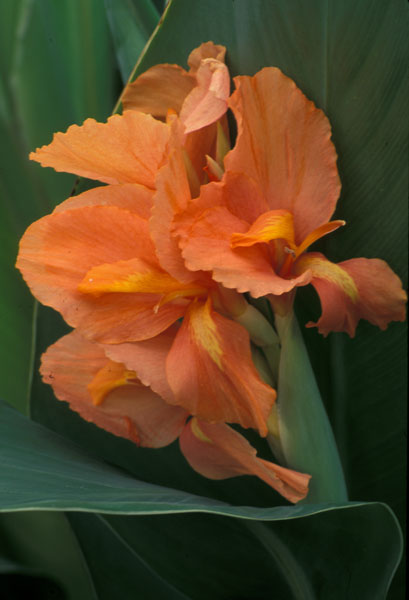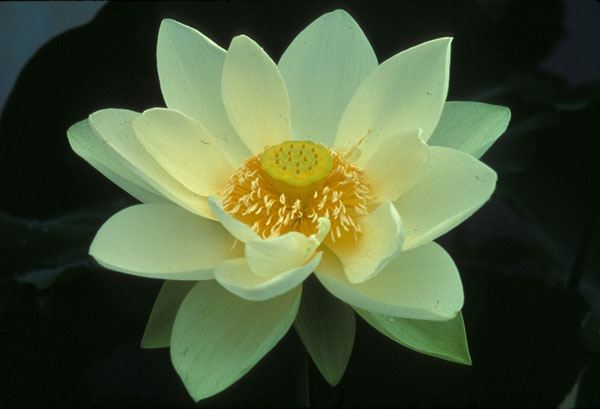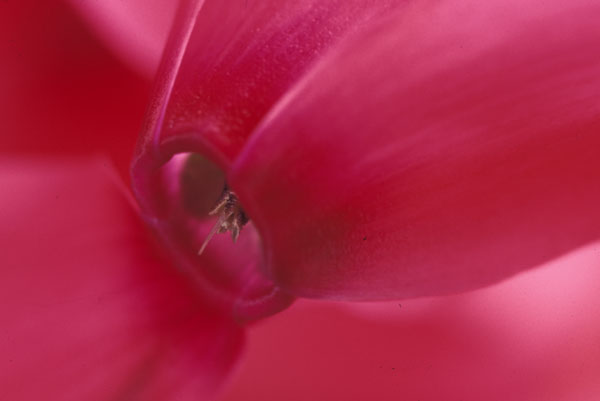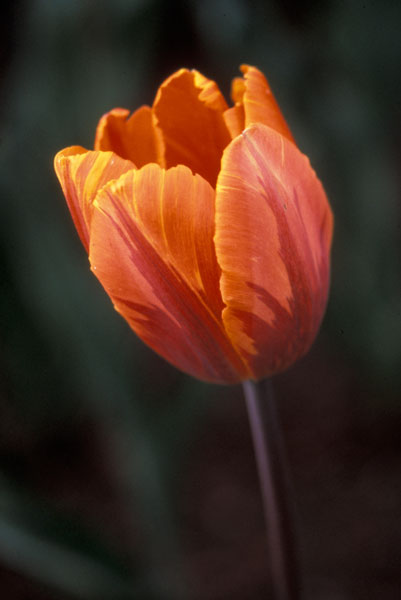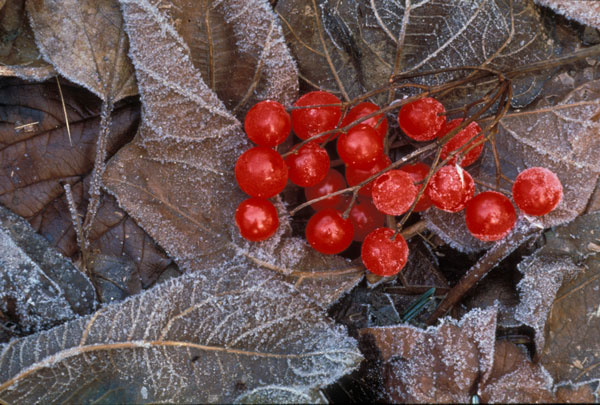|
FLOWER POWER
With Kay Wheeler
My passion for flowers and flower photography grew through serendipity - from learning about flowers in my mother's garden to meeting friends, like a lady who grew orchids in her greenhouse. After retiring early, following 36 years of operating room nursing, I found that this same friend was volunteering at The New York Botanical Garden. Having taken photography and gardening courses there, I applied and was accepted as a volunteer in their photography department. I remember my excitement the first time I looked through a MACRO LENS. Through that lens, I began to explore the beauty of the myriad of flowers in this 250 acre oasis. I never tire of walking the grounds, seeking a new flower vignette or a scene, begging to be photographed. I always search for subjects that are worth portraying. I choose my subjects very carefully, noting color, whether the flower is in fine condition and surrounding environment. I keep a mental picture of what I want for my final image. This is very important for the creative process to work properly. Don't get over excited when you discover the perfect subject. Don't rush. Be patient, the flower isn't going anywhere. I take my time, walk around a bit, always searching for that picture perfect angle of view. Then I place my camera onto the tripod and begin the process of composition. I keep asking myself " What do I want to get out of this." By asking myself this question I am reminding myself to compose carefully, select the best angle of view of the subject, check the background, make sure objects (Cigarette butts) or other distractions are out of the viewfinder. Remember, the camera sees objectively, thus it sees all
.
The most important ingredient in the recipe for a beautiful photograph is LIGHT! LIGHT is EVERYTHING! It is without question the decisive factor in determining how photogenic a subject may be. In the early a.m. and late p.m., the light is warmer, softer and more dramatic, because the angle of the sun is lower. It enhances texture. Sidelight also does this while back-light is also more dramatic. For back-lit photos take a center weighted or spot meter readings and also bracket toward over-exposure. Watch out for FLARE. To add some light on the front side, use a reflector or add a touch of fill flash to illuminate the front of the flower facing the camera. Compare the results. I usually have my camera set on manual for flower photography. I normally prefer having a reflector rather than the flash. If using flash for close-ups I lower the power 1 and 2/3. Nikon has a slow sync mode when the camera is on program or aperture priority with flash and this changes the shutter speed from the usual 1/60 - 1/250, to a slower shutter speed to have more available light.
I always check my photographs background. This is also a critical step in creating a wonderful image or having the background ruin the final image. The further the background is from the subject, the more OUT OF FOCUS it will be. This will guarantee a very soft, pleasing background. If the background is too sharp, it will be distracting to the viewers eye. If the background is too busy, I create a shadow behind the subject, by using a reflector or standing so I cast a shadow in the proper spot. If I can get below the subject, the sky replaces the busy background. When the background is dark I can use a smaller aperture for more depth of field on the subject. Sometimes I create a background by attaching blue or green velvet to wooden "stretchers" on which artists stretch thei canvases, using large binder clips. Depth of field is very important in determining sharpness for that part of the image that the photographer wants to render crisp. The depth of field preview button is a very important tool on the camera. It will allow me to view the image at the TAKING APERTURE, before I actually press the shutter button. The image appears darker at first, but my eye will adjust to it and I can check how much sharpness I have. After selecting an F stop, bracketing the F stop will give you a choice of subject sharpness vs. background softness. If the subject fills the frame I use a small F stop for maximum depth of field. A wide angle lens will give me more depth of field
.
Metering the scene properly is critical for good exposure. Spot metering can be used to double check matrix or center weighted metering. When photographing a scene with water, try spot metering off something close to 18% gray. For instance, the leaves of Lily pads are a close tonality to 18% gray and would be good to spot meter from. Then take a spot meter reading off a white or very light object and this should show about a + 1 stop difference.
I use a variety of lenses in my flower photography. The eye always sees the same perspective. Different lenses have different perspectives. A macro (micro) lens is a lens which focuses closer than its focal length. With a 50mm macro lens, you work closer than with a 105mm and likewise a l05mm compared to 200mm. The l05mm is also a good portrait lens. Extension tubes let you get closer to the subject. Tele converters increase the focal length - ie: a l.5 tele converter increases the focal length from 300mm to 450mm. I use several filters when necessary for my flower photography. A circular polarizer will cut glare from an image. Even on an overcast day it can remove reflections.On a sunny day with a bright blue sky try a little less polarization. Today's films create a nice blue sky by themselves and many times don't need any polarization.
Other filters: Tiffen 812 warming filter Tiffen Black Promist # 2 - softens an image Tiffen Ultra contrast filter reduces contrasty light Skylight filter
I began flower photography at The New York Botanical Garden 18 years ago , taking courses with some wonderful photographers like Sonja Bullaty and Angelo Lomeo. In '87 I began a 2 year period volunteering in their photography department under Allen Rokach. I continued working for him until '96 at his Center for Nature Photography and attended several of his workshops in Maine and Colorado. I have been doing freelance photography in my company "Spectrum Images" since "94 and photography for NYBGsince "97. As a member of Color Camera Club of Westchester since 1994, I've learned a lot, which certainly helped me to improve my ability as a photographer.
|
